As you may be aware, tomorrow, February 14th is Valentine’s Day.
Now, if you also attended Catholic grade school, then you may remember the uniquely horrifying film that traces this holiday back to St. Valentine, a martyr who was sentenced to death after persuading others to embrace Christianity. As I learned from this riveting cinematic masterpiece, Emperor Claudius II ordered Valentine to renounce his faith or he would be beaten and beheaded[1]. Val decided to uphold his faith and was executed on February 14, 269 as a result[2]. While I can’t remember all the specific details, I do remember this film was oddly specific and chillingly graphic, and I haven’t looked at Valentine’s Day the same way ever since[3].
Romantic, right?
In case this tale of woe doesn’t help you make clear connections to the “red violet” hearts and arrow-slinging cherubs we celebrate today, let me further paint this picture. Many scholars argue our modern holiday is a Christian cover-up of the ancient Roman celebration of Lupercalia where drunk, naked men sacrificed goats and dogs and then whipped women with the hides of these recently slain animals[4]. This went on for years before Pope Gelasius denounced the festival in 496 A.D. and substituted St. Valentine’s violent narrative for this other, overwhelmingly problematic pagan plotline.
I repeat: Romantic, right?
As humanity evolved[5], writers like Geoffrey Chaucer and William Shakespeare began to romanticize this uniquely loveless holiday and ultimately popularize it in their creative works. Indeed, more than one thousand years after St. Valentine’s beheading, Chaucer, author of The Canterbury Tales, proclaimed the February feast of St. Valentine as synonymous with “the mating of birds.” As history has it, Chaucer observed that English birds typically mate in early February[6], and his writings soon prompted English nobility to begin exchanging love notes during bird mating season. This idea took hold amongst English commoners when “groundlings” stood in what would be the bleacher seats of London’s Globe Theatre and watched Ophelia refer to herself as Hamlet’s “valentine”[7].
Say it with me now: Romantic, right?
In the following centuries, English men and women began using February 14th as an excuse to write poetry to the objects of their affection[8]. During this time verse flourished and rhyming became a popular pastime. Consequently, these types of highly romantic, deeply moving poems entered the cultural scene:
“Roses are red,
Violets are blue,
Sugar is sweet,
And so are you.”
So romantic, right?
This poem’s basic structure quickly caught on and embedded itself into popular culture. Soon industrialization enabled the proliferation of smarmy poetry and horribly misguided greeting cards, chocolate became involved, and the rest—as they say—is history. Now Valentine’s Day is a multimillion-dollar holiday fixated on flowers, candies, greeting cards, and love in all its myriad shapes and sizes.
Because love takes many forms—including a sense of gratitude
and deep appreciation—last weekend I decided to make chocolate truffles so I
could bring them into work and share them with my team. As a lover of all things chocolate, once I
stumbled upon Joanna Gaines’ recipe in the Magnolia Journal, it was easy
to indulge in an afternoon of baking.
Therefore, I set about crafting my list, gathering my ingredients (there
weren’t many) and settling in for a Sunday afternoon of casual baking where I
could celebrate decapitation torture love gratitude from
the comfort of my own kitchen.
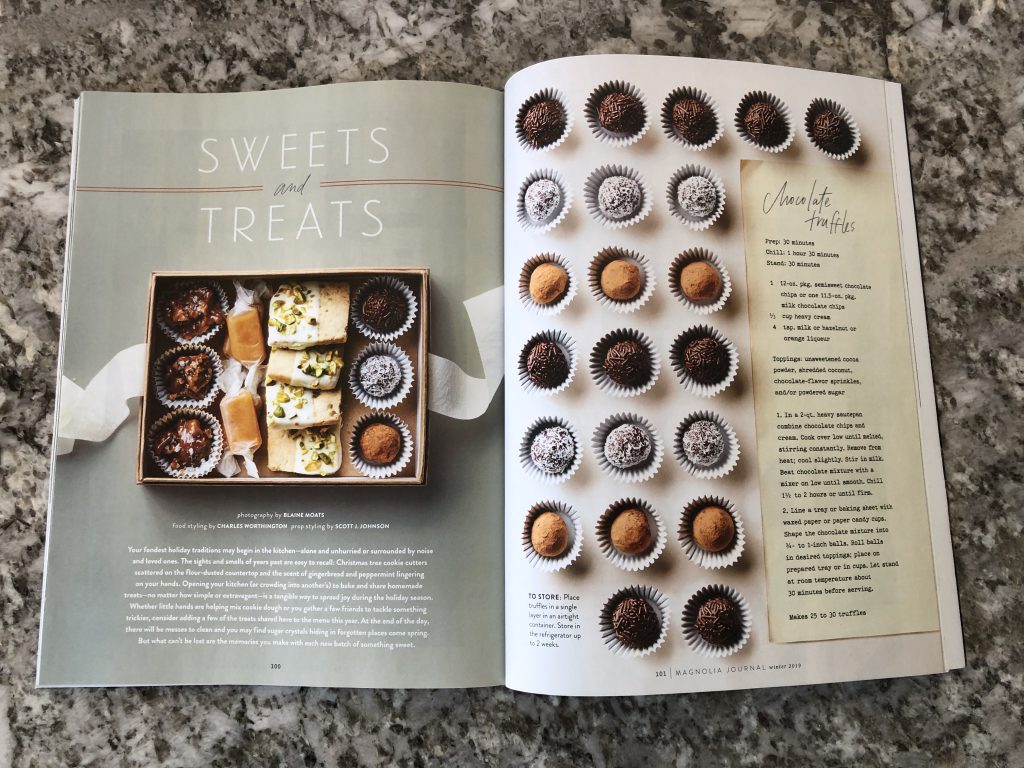
If the ingredient list for these truffles is brief, then the directions are even more streamlined. Pour 24 ounces of semisweet chocolate chips into a saucepan with 2/3 cups heavy cream. Mix together and cook over low heat until melted, stirring constantly[9]. Once the chips are melted down, remove from heat and let your saucepan cool slightly. Next, add 8 teaspoons of milk[10] and mix the chocolate on low until smooth. Then, remove Willy Wonka’s gooey concoction and place it in the fridge for 2-3 hours or until the mixture sufficiently firms.
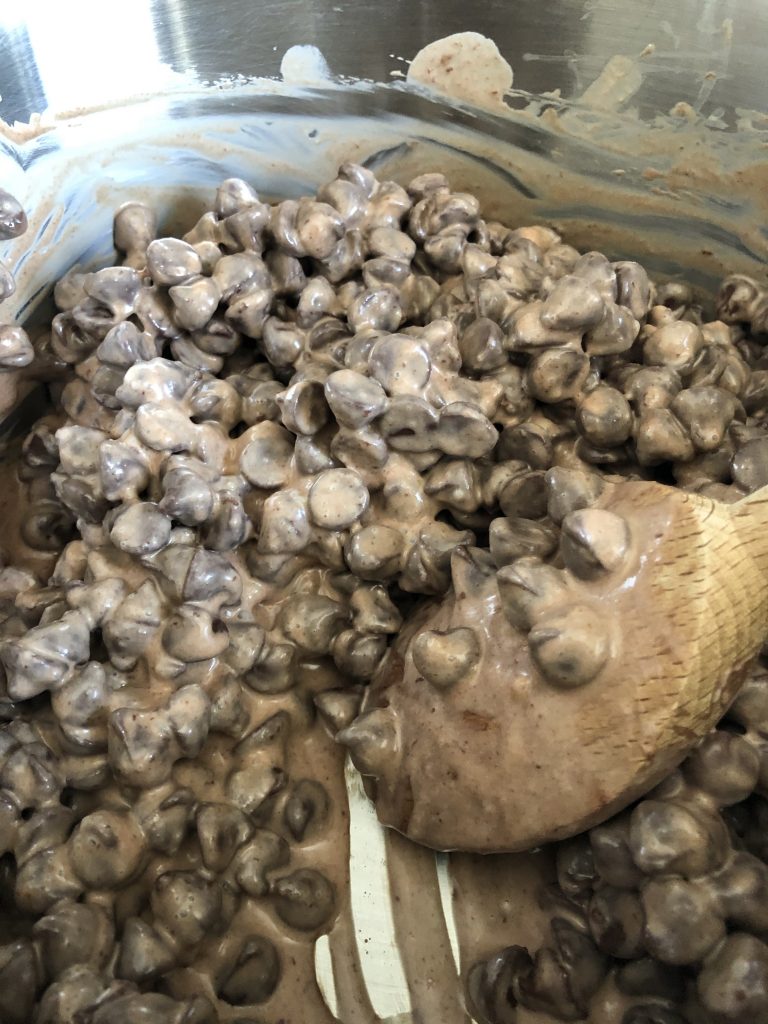

Remove your chocolate from its frozen tundra once it is easily malleable. Line a tray or baking sheet with paper candy cups and shape the chocolate into 1-inch truffles. Roll the chocolates in your favorite toppings (I chose shredded coconut, chocolate sprinkles, and cocoa powder) and place them in the paper cups.
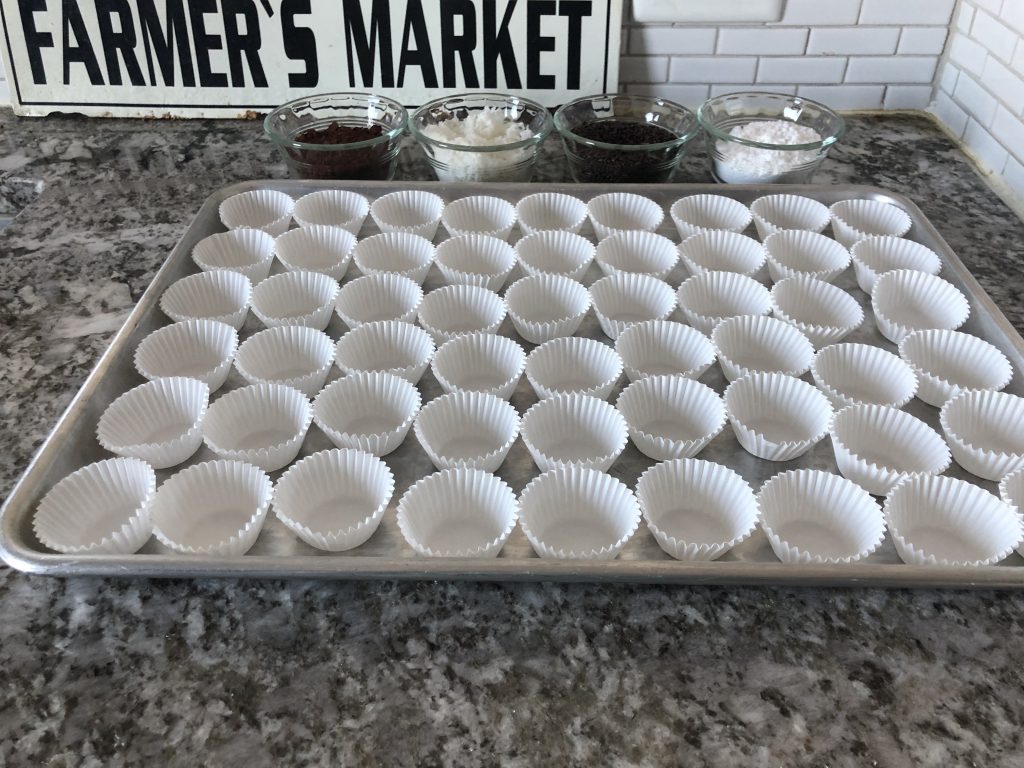
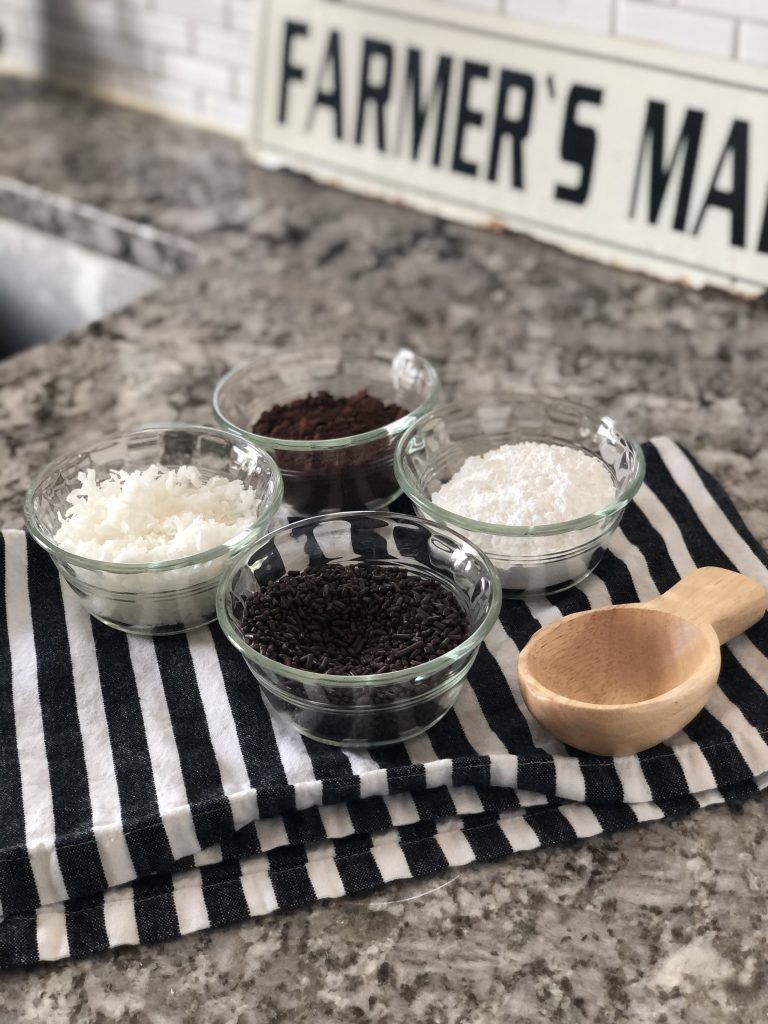
Arrange your chocolate babies in cute holiday-inspired packaging and voila! You have yourself the perfect martyr-day treat!

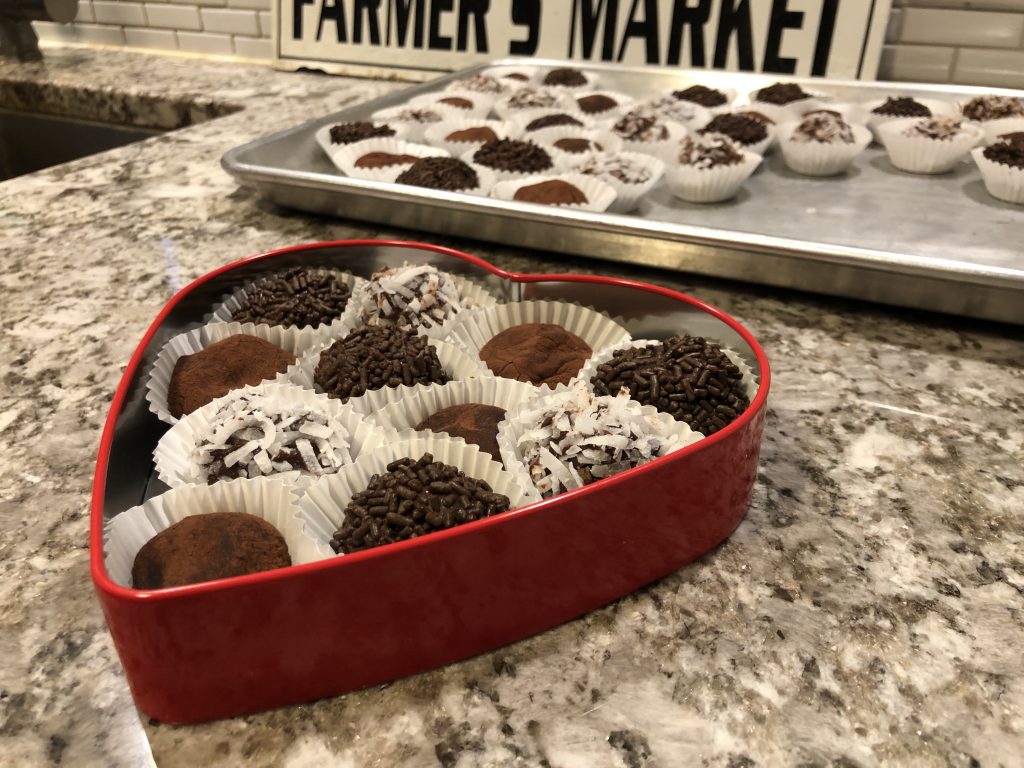
This truffle recipe wasn’t too difficult, and I was pretty impressed with what my modest efforts ultimately produced. My coworkers loved the fun, unexpected treats, and I was happy to experiment with a fun, indulgent new recipe.
This Valentine’s Day, whether you’re celebrating with a significant other, friend, child, or coworker, skip the cliché rhymes, dabble in breaking away from tradition, and try something new to celebrate the people who bring you joy. Even if your idea doesn’t land perfectly, your authenticity and good intention will most certainly shine through.
And, if all else fails, choose to find humor in the evolution of the Valentine’s Day story.
Afterall, if that isn’t romantic, I don’t know what is!
[1] Sounds like a reasonable ask.
[2] Read: “His capa was detated from his head.” -Michael Scott
[3] Seriously, though: Does anyone else remember watching this movie?! I distinctly recall viewing it in Mrs. Moy’s religion class. In fact, I remember exactly where I sat as I watched—wide-eyed with terror—as some dusty VHS walked us through the story of St. Valentine’s demise in chillingly haunting detail. Lions and blood—lots of blood— were definitely involved. You know, just another day in 3rd grade paradise.
[4] Classy on so many levels.
[5] Question mark???
[6] I took a course on Chaucer at Notre Dame, and, for the record, the guy was definitely a pretty perverted dude. If you think his attention to bird copulation is odd, I can assure this isn’t the weirdest thing he fixated on…
[7] Fun fact, when I used to teach Shakespeare to high school students, I liked to mention that the groundlings would watch shows for hours upon hours while stuffed in a mosh pit of stinky, unwashed peers. And where do you think these individuals went if they had to use the facilities? You got it… on the ground (hence the nickname!) That’s right: Feces everywhere. Anything to get a fifteen-year-old’s attention, am I right?
[8] I intentionally use the word “object” here not to “objectify” people but because often the “objects” of their lovers’ affections were, quite literally, objects. Yep. So there’s that.
[9] And I mean it: Constantly. Buckle up for a mini forearm workout. Don’t let that chocolate burn!
[10] I’m sorry, but there has to be a better way to quantify this. Eight teaspoons? That seems like an awful lot of counting…



Comments are closed.